Content

Quartz sand là một loại cát tự nhiên được tạo thành từ thạch anh, là một khoáng vật phổ biến trên trái đất. Cát thạch anh thường được sử dụng trong công nghiệp lọc nước để loại bỏ các tạp chất và tạp chất hữu cơ từ nguồn nước. Ứng dụng chính của cát thạ
Update: 01/06/2023
Share:




Basic information about quartz sand
What is silica quartz sand?
Quartz sand (also known as silica sand) is a type of sand mainly composed of broken quartz crystals. They are small, angular particles. The sand is in the form of opaque white or yellow-brown grains. The chemical formula of quartz sand is SiO2 and it may contain other substances such as NaCl, CaCO3…
.webp)
Quartz sand has a crystalline structure, large surface area, high hardness, stability, and diverse sizes. Therefore, it is suitable for various purposes in life such as water filtration, industrial activities…
Technical specifications of quartz sand
- Shape: Uniform grain shape, many angles.
- Color: Yellow-brown or ivory white.
- Size: Various sizes such as 1-2mm, 0.4-0.8 mm, 0.7-1.2mm…
- Packaging: Depending on customer needs, it can be packaged in 20kg, 50kg bags…
- Specific gravity of quartz sand: 1.400kg/m3 - 1.4kg/liter.
The specific gravity of quartz sand is usually higher than regular sand due to its particle structure. Quartz sand has a more uniform particle structure and no large voids between particles like regular sand, hence it has better compression and strength.
Analysis of properties and components in quartz sand
Quartz sand contains basic substances such as:
- The SiO2 content is about 99.4%.
- The AlO3 content is about 0.1%.
- The Fe2O3 content is less than 0.1%.
- The Na2O content is about 0.1%.
Therefore, the main component of quartz sand is SiO2.
Applications of quartz sand in daily life
The uses of quartz sand are diverse and can be applied in many production and life activities:
In water filtration and production
Quartz sand has the ability to remove impurities and filter water. Quartz sand with its angular surface, large contact area, can retain suspended solids and insoluble matter in water. This helps clean and remove odors from water sources.
- Quartz sand is insoluble and does not react with chemicals, so it does not pose harm to water sources.
- Especially, quartz sand can absorb heavy metals in water, especially Arsenic.
In the water filtration field, quartz sand is used in many water filtration systems, from simple to complex. Specifically:
- Applied in household water filter tanks, rough filtration systems, well water filtration tanks.
- Used in water filtration for fish tanks, aquariums, aquascapes.
- Utilized in domestic and industrial wastewater treatment and filtration systems.
Does quartz sand have any other functions besides water filtration? The answer is yes.
Feng Shui

- The unique color of quartz sand makes it favored by many Feng Shui experts.
- Quartz sand has warm colors, diverse shapes and sizes, suitable for display in plant pots, miniature landscapes, or scattered on the floor to enhance prosperity and luck for homeowners.
- Furthermore, quartz sand is used as a material for crafting exquisite and eye-catching jewelry to enhance beauty, stimulate luck and convenience for users.
Industrial sector
- Quartz sand is also used in metal casting industries.
- In the metal industry, quartz sand is used as an auxiliary material to lower the melting temperature and viscosity of slag. This makes metal reactions more efficient.
- With high hardness and good corrosion resistance, quartz sand is applied in the steel manufacturing industry. This material can withstand heat well, melting at 1760oC. Therefore, its low expansion allows for stable mold casting for metal pouring.
Ceramics, refractory materials manufacturing
- SiO2, which is a major component of quartz sand, has become an essential element in the formula for glazes and ceramic bodies.
- SiO2 is used as a skeletal structure for clay and fluxes to adhere to. Additionally, SiO2 can adjust the expansion, drying, and shrinkage processes of ceramics to create a perfect product.
Glass manufacturing
Quartz sand has properties of non-absorption and non-corrosion with acids. Therefore, it is a material for producing standard glass and special glass.

The main component of quartz sand is SiO2, which is also an essential substance for glass. The purity of SiO2 determines the color, strength, and transparency of glass.
Chemical industry
- SiO2 in quartz sand is reduced to silicon metal by carbon in an electric furnace.
- Silicon is the main component of chemicals such as silica gel, silicon tetrachloride, sodium silicate. These are substances used in producing household and industrial cleaning chemicals, fiber optics manufacturing…
Coatings
- Quartz sand is added to enhance the beauty and durability of coatings. This is because it is a material with high purity, small particle size, and good gloss. When added to paint, it increases reflectivity, sheen, and color consistency of the paint.
- Moreover, quartz sand also helps maintain color, prevent dust adhesion, and limit mold growth on the paint surface.
Oil and gas extraction
- Quartz sand makes the oil extraction process more convenient and easier.
- The round-shaped sand is pumped into the borehole to seal natural rock fractures. This increases the flow rate of oil.
Above is our sharing about what quartz sand is, its characteristics, and applications. We hope the information provided has helped you understand more about this filtering material and its applications in daily life. If you need to purchase quartz sand, please contact Toan A via hotline: 0913.543.469 for advice and quotation.
Update: 01/06/2023
Share:




Related news
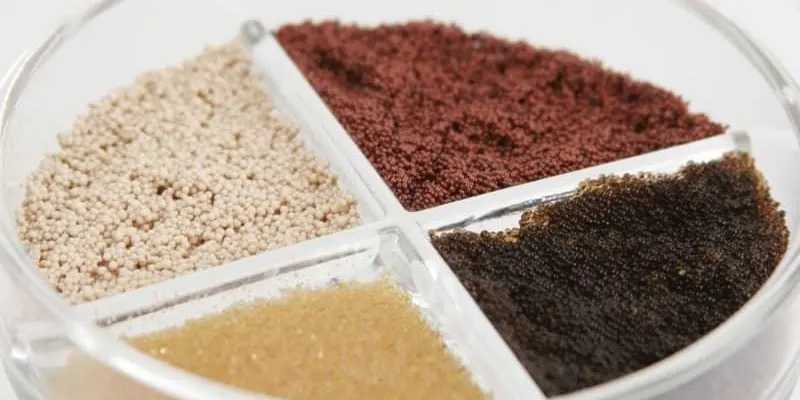
Ion exchange resin: Efficient and cost-effective water treatment
Developed since the early 20th century, ion exchange resin beads have become an indispensable part of the water treatment industry. With superior ability to remove impurities and harmful ions in water such as Ca2+ and Mg2+, ion exchange resin beads are also commonly referred to as water softening resin beads, leading the way in today's green technology race. Not only do they help improve water quality, but they also contribute to environmental protection and sustainable development. Let's delve deeper into the role and applications of ion exchange resin beads with Toan A JSC in the article below!
Created at: 19/08/2024
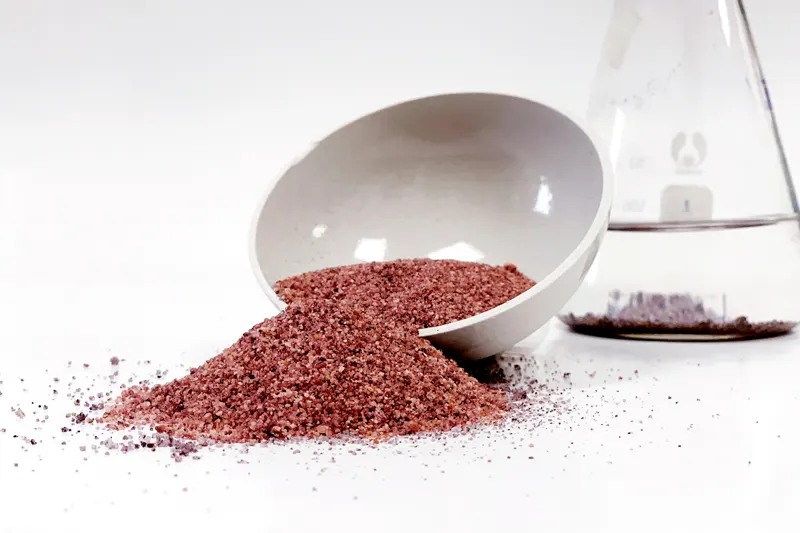
Ferman beads: the leading expert in removing iron and manganese from water
Amidst the increasing challenge of water pollution, it has become imperative to research and discover new environmentally friendly and highly efficient water treatment materials. This is particularly crucial as many households continue to rely on well water or surface water for their daily needs and activities. Notably, these water sources often have elevated levels of Iron and Manganese contamination, posing health risks and disrupting daily life. Developing effective solutions for treating water contaminated with Iron and Manganese is essential not only for ensuring clean water quality but also for safeguarding our environment.
Created at: 08/08/2024
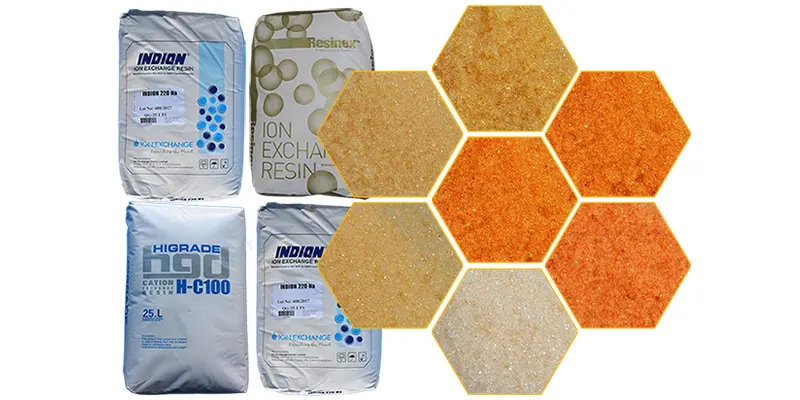
Resin is an organic substance with ion exchange properties, commonly used in water filtration processes to remove undesirable ions. Resin beads are typically made from synthetic polymers and have the ability to absorb and replace ions in water
What is Resin Bead, its properties, characteristics, and applications of this ion exchange resin will be the content shared by experts from Toan A. Let's explore the following content to answer this question.
Created at: 16/04/2024










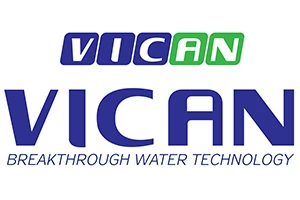






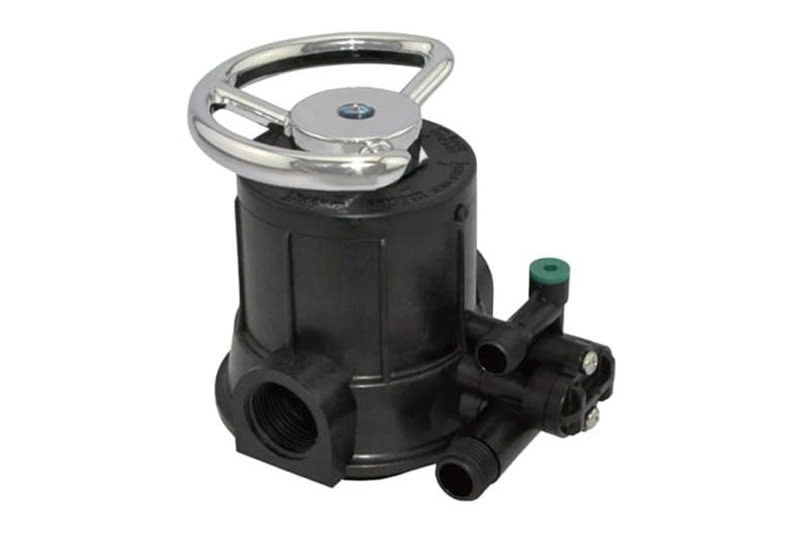





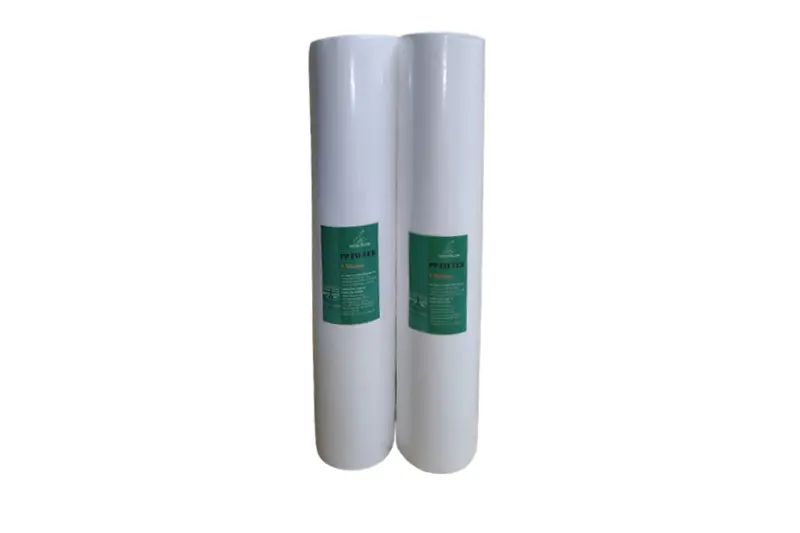









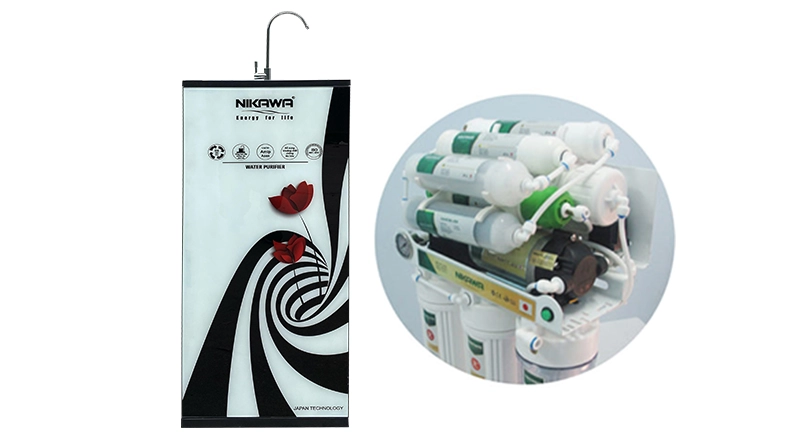
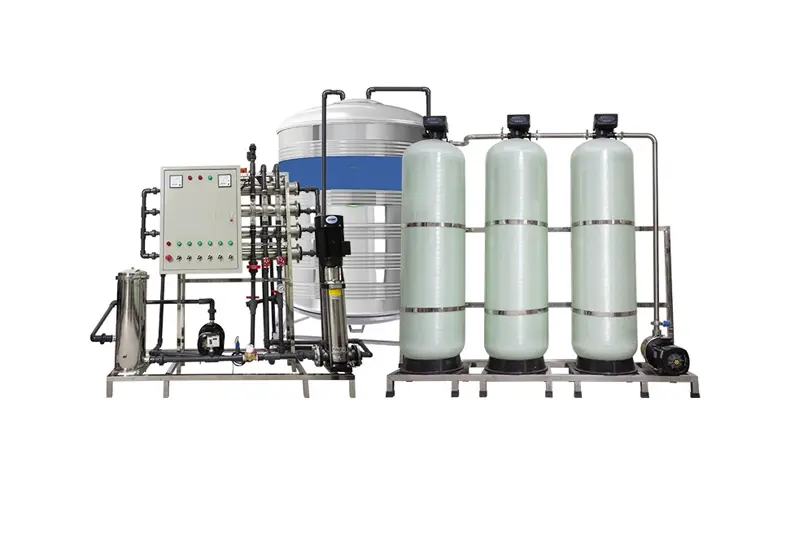

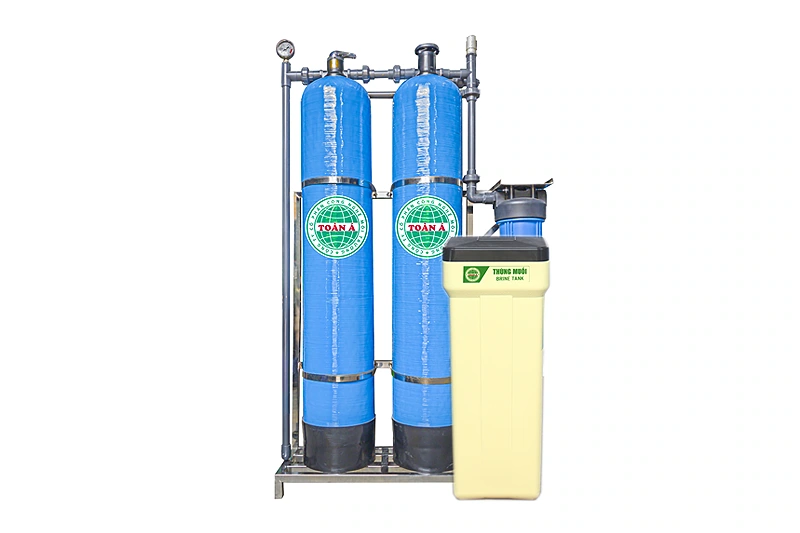


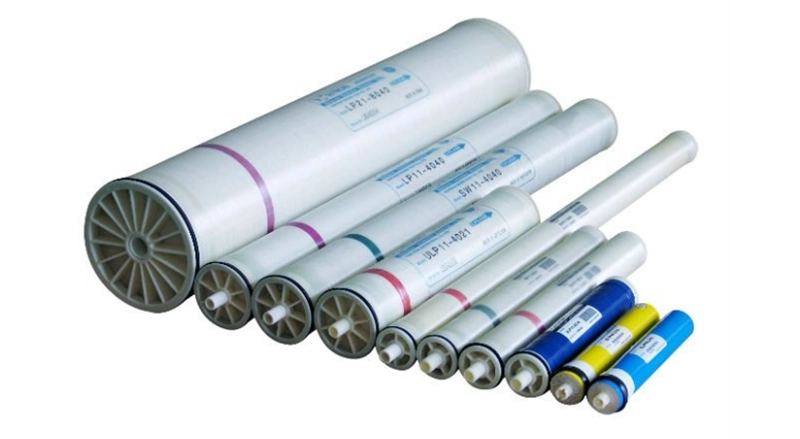
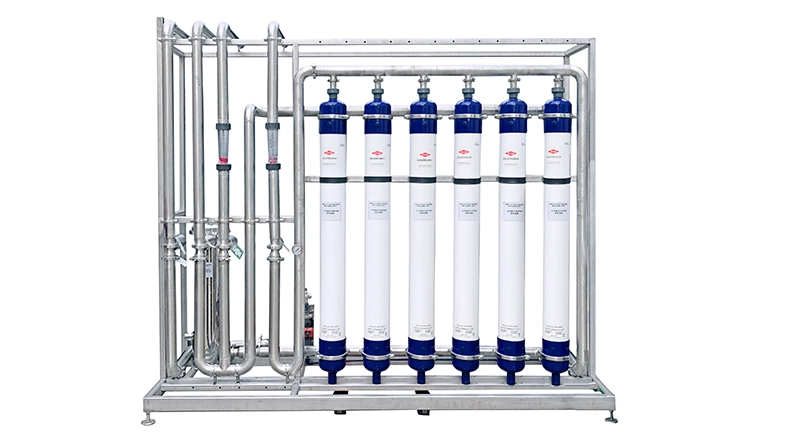


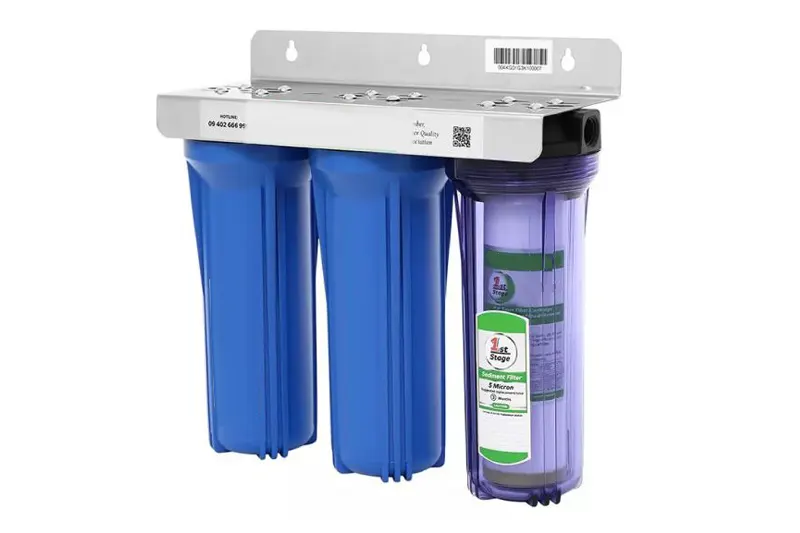


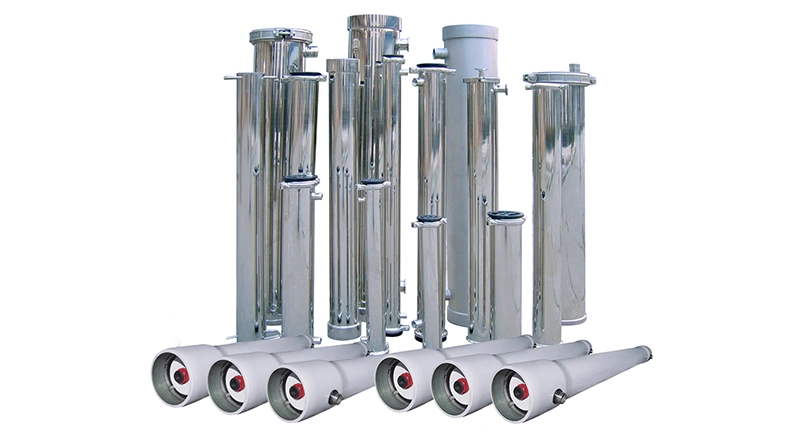
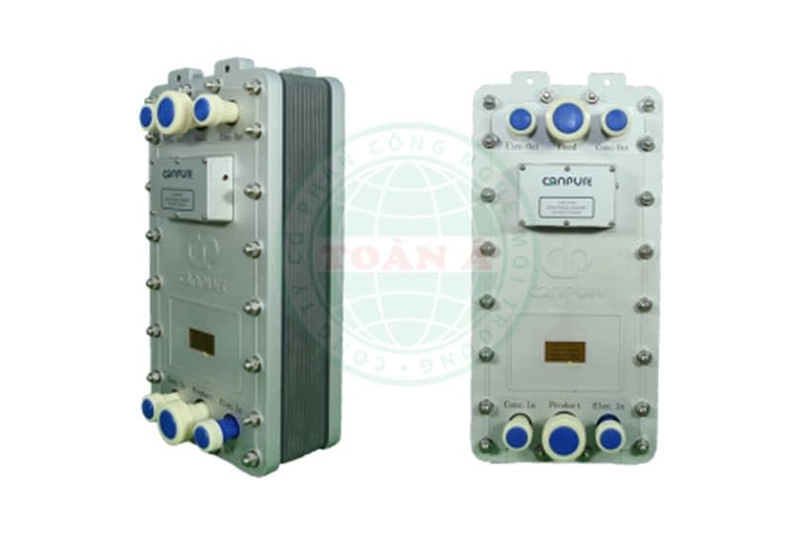
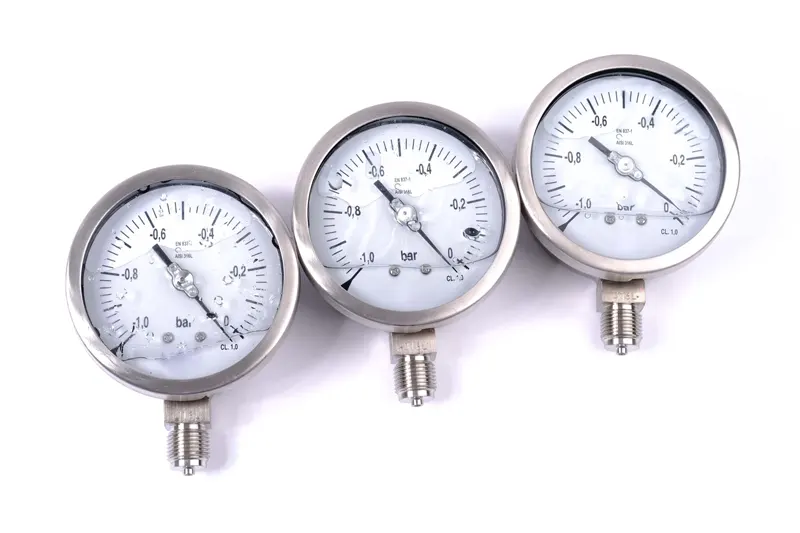
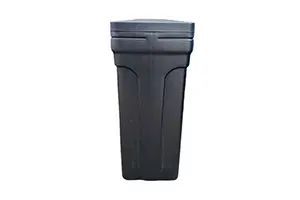


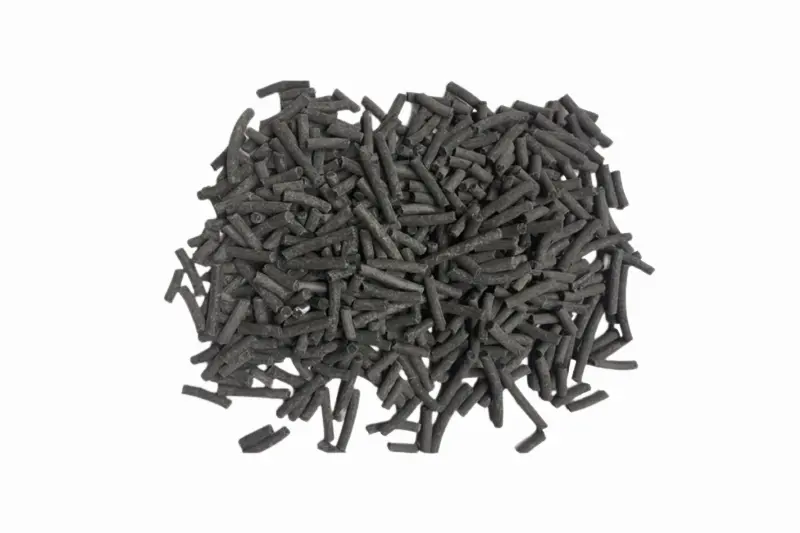
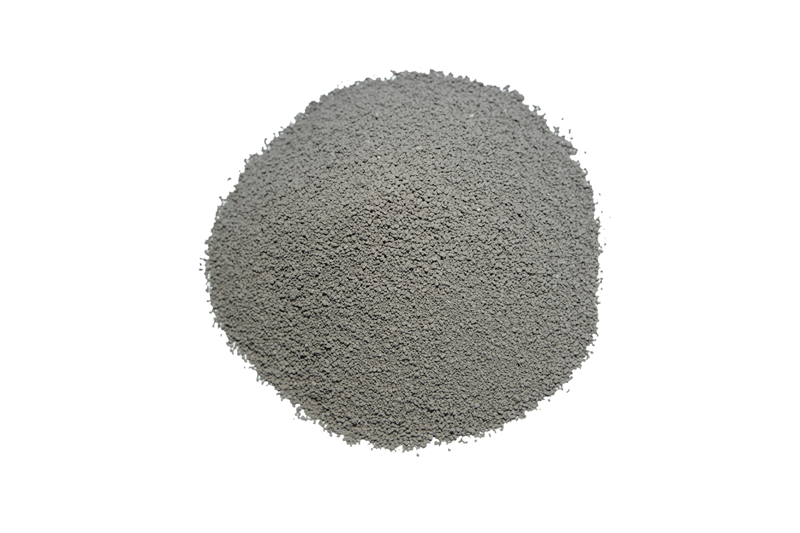
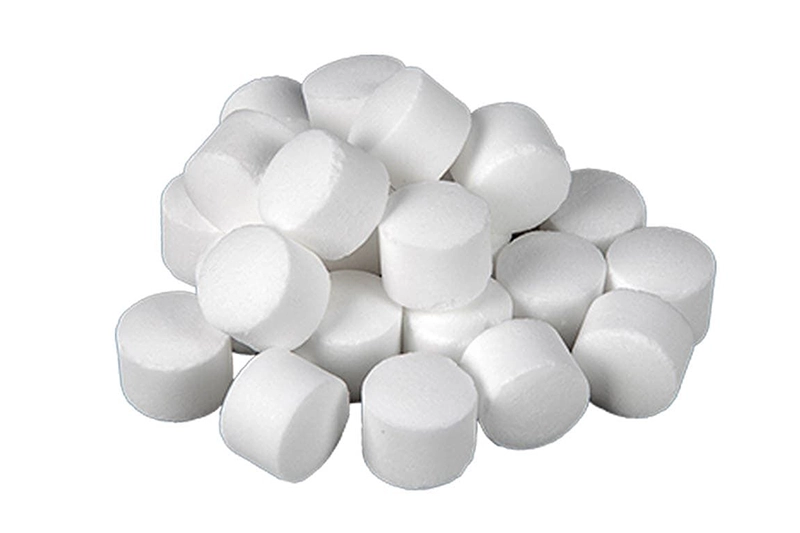
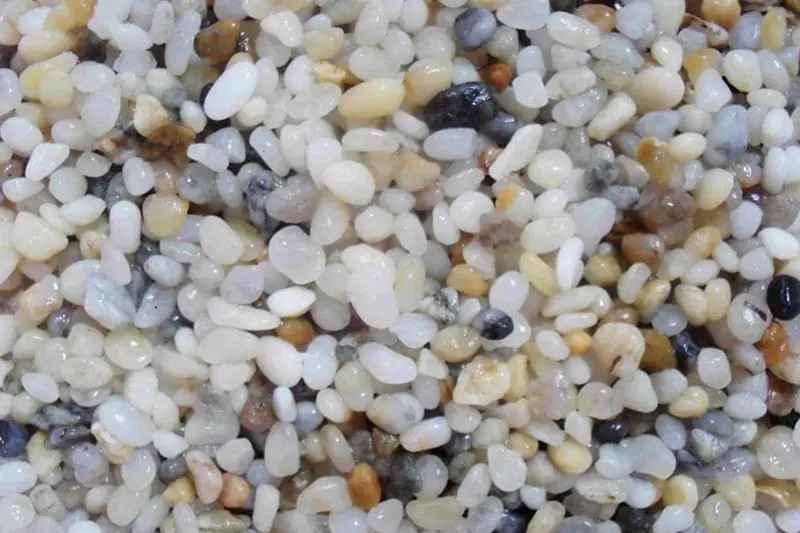
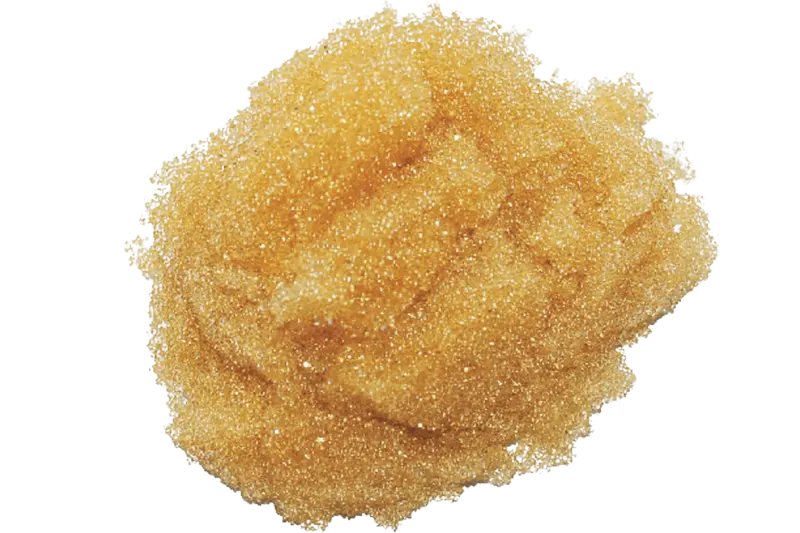













 Water Filter Columns
Water Filter Columns
 Water Filtration Membranes
Water Filtration Membranes
 Control Valves
Control Valves
 Water Filter Cartridges
Water Filter Cartridges
 Water Pumps
Water Pumps
 Water Filtration Equipment
Water Filtration Equipment
 Water Filtration Components
Water Filtration Components
 Water Filtration Materials
Water Filtration Materials
 Heat Pump Water Heaters
Heat Pump Water Heaters



 Products
Products  Solutions
Solutions  Project
Project  News
News